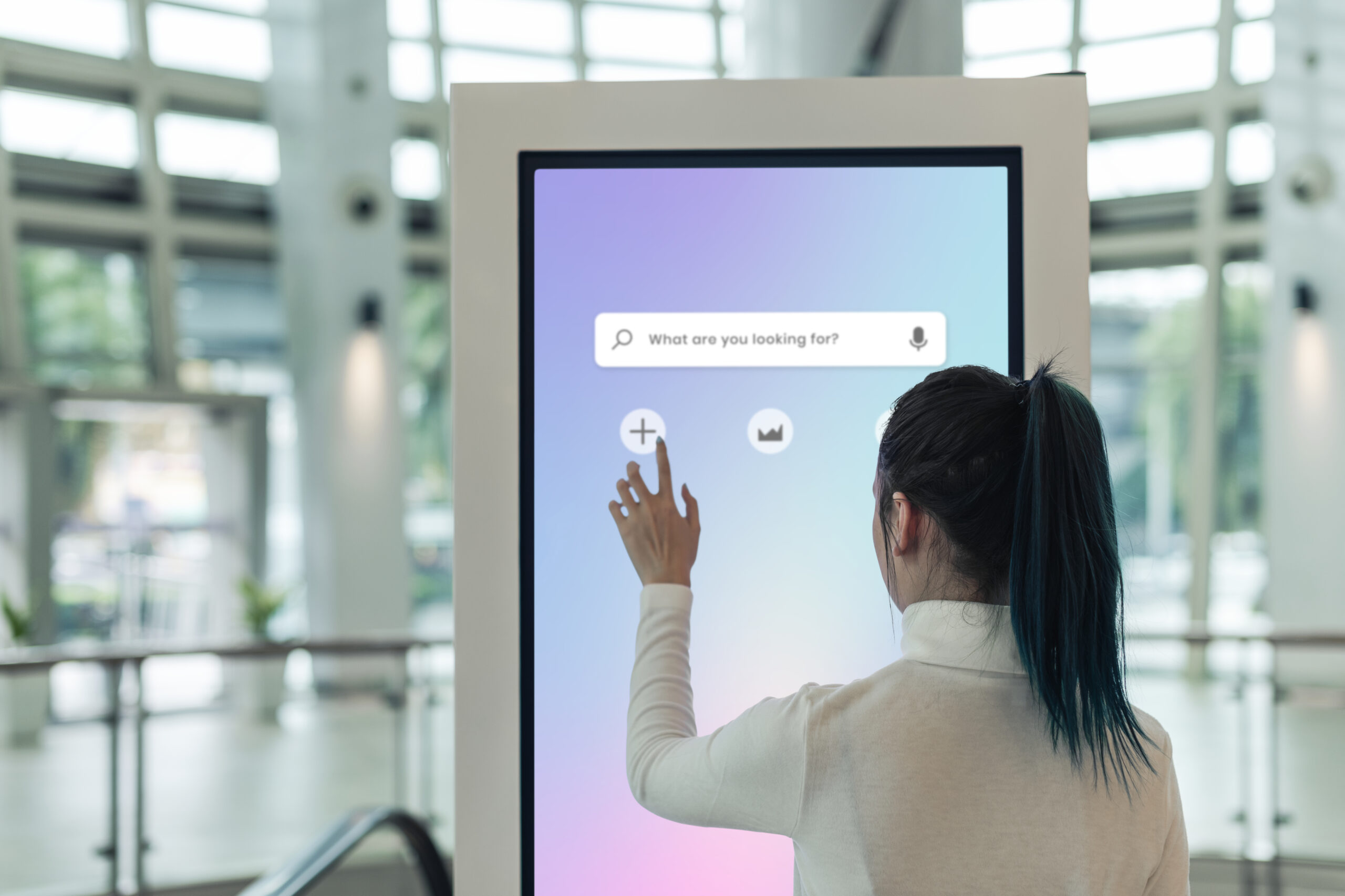The 9-to-5 job is no longer the only path to professional success. With the advancement of artificial intelligence (AI) and cloud-based collaboration tools, a growing number of professionals are opting for fractional work — taking on multiple roles across different companies rather than committing to one full-time employer.
This new employment model, known as the fractional workforce, is not just a trend among freelancers and consultants — it’s becoming a strategic move for businesses and high-skilled professionals alike.
What is a Fractional Workforce?
The term “fractional workforce” refers to professionals who offer part-time, high-impact services to multiple clients or employers. Think of a fractional CFO, fractional marketing lead, or even a fractional AI developer — these individuals lend their expertise to several companies on a project or part-time basis, often remotely.
And AI is a big reason why this is growing fast.
How AI Enables Fractional Work
AI tools are empowering both professionals and employers to thrive in this new flexible model:
- Task automation: With repetitive tasks automated, professionals can manage multiple clients without being overwhelmed.
- AI scheduling assistants: Platforms like Reclaim.ai or Motion help fractional workers juggle overlapping calendars.
- Collaboration platforms: Tools like Slack, Notion, and Asana simplify cross-client project management.
- AI-powered marketplaces: Platforms such as Toptal, Upwork, and Contra match skilled professionals with companies seeking fractional support.
These tools not only connect talent with opportunity but also streamline workflows and enhance productivity, making it easier to thrive across multiple projects.
Why Companies Are Embracing Fractional Talent
From startups to Fortune 500s, businesses are embracing the fractional model because it:
- Reduces costs: Hiring a fractional expert is cheaper than maintaining a full-time role.
- Provides access to top talent: Companies can tap into niche expertise for short-term needs.
- Increases agility: Businesses can scale teams up or down based on project requirements.
According to a LinkedIn Workforce Report, flexible work is now a top priority for both employers and workers, and AI-driven platforms are fueling that shift.
Skills in Demand for Fractional Roles
Some of the most in-demand fractional roles in today’s AI-enabled economy include:
- Data analysts
- Machine learning engineers
- AI ethicists
- UX/UI designers
- Digital marketers
- Virtual assistants
- Software developers
These roles are often filled by workers with multiple income streams and flexible schedules — a stark contrast to the traditional single-employer mindset.
The Challenges Ahead
While the benefits are undeniable, the rise of the fractional workforce also presents some challenges:
- Job security concerns
- Access to benefits like healthcare and retirement plans
- Time and productivity management
- Legal ambiguities in cross-border contracts
As the trend grows, policymakers and HR leaders will need to address these issues to ensure sustainable work conditions.
The fractional workforce isn’t just a side effect of AI — it’s being powered by it. From optimizing time management to helping professionals diversify income streams, AI is making flexible, cross-functional careers more accessible than ever.
For workers, it means freedom and opportunity. For businesses, it’s a strategic advantage in a fast-moving, tech-driven world.
As we continue to redefine what work looks like, one thing is clear: the age of the one-job-for-life is fading. The future of work is fractional — and AI is its engine.




